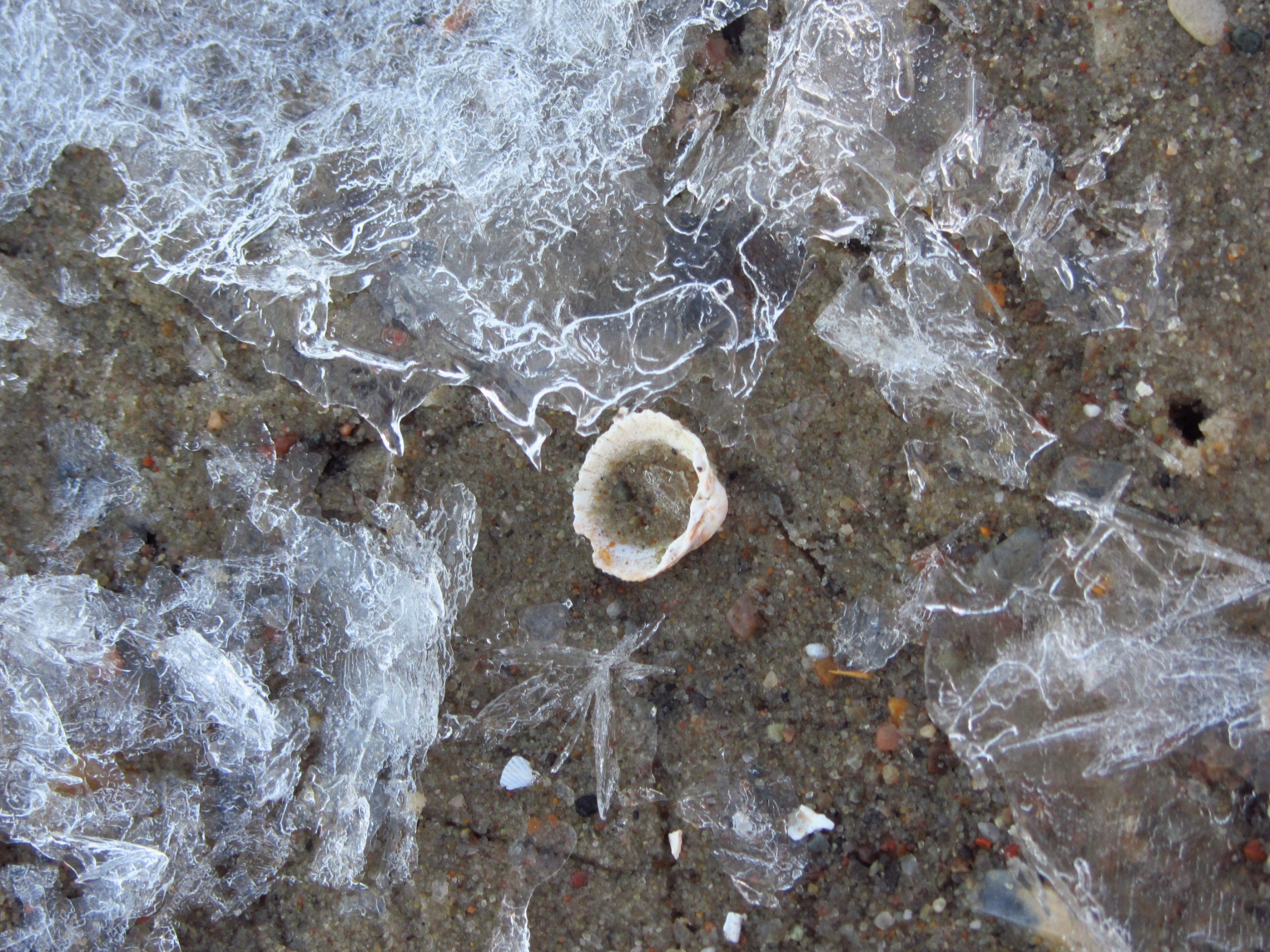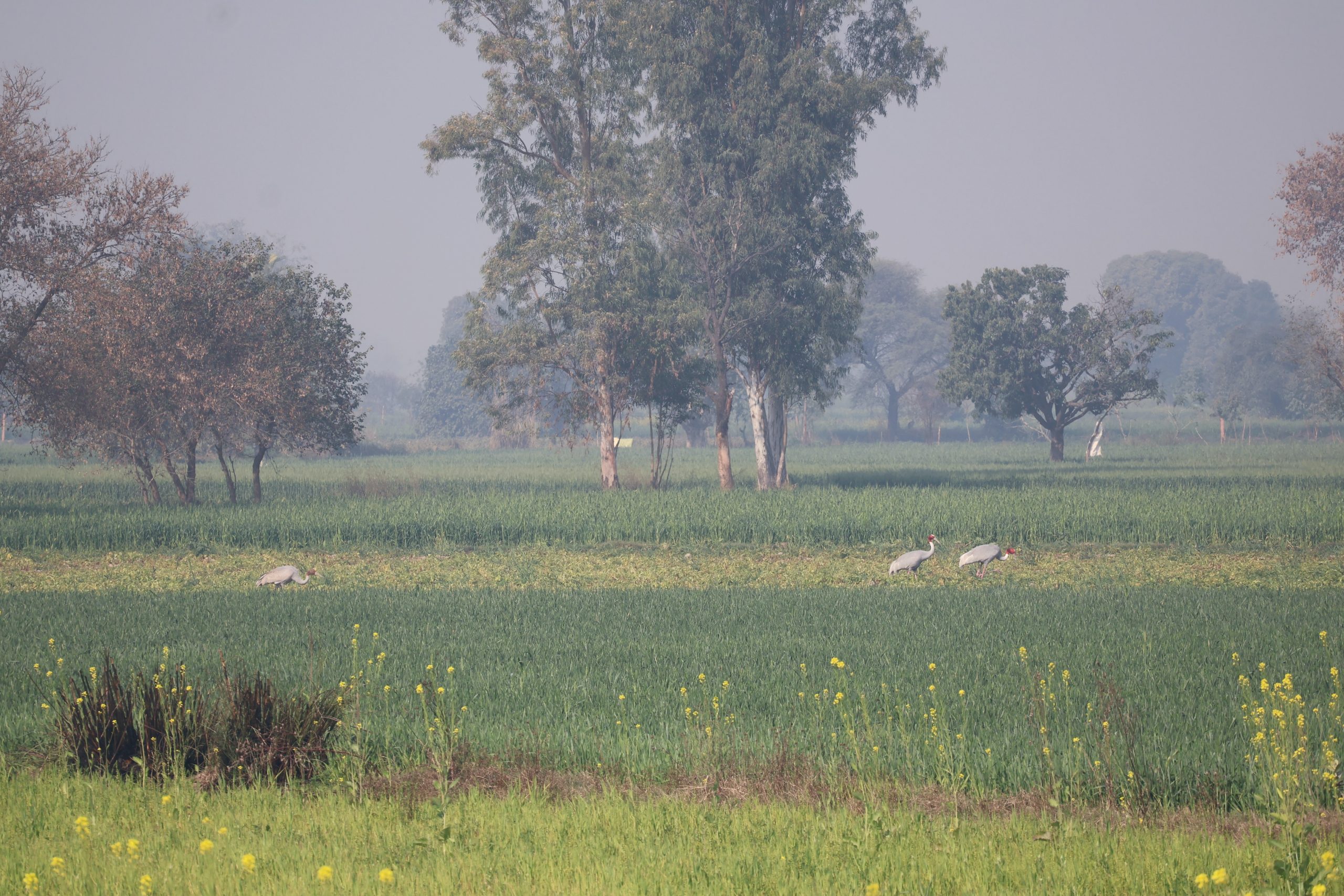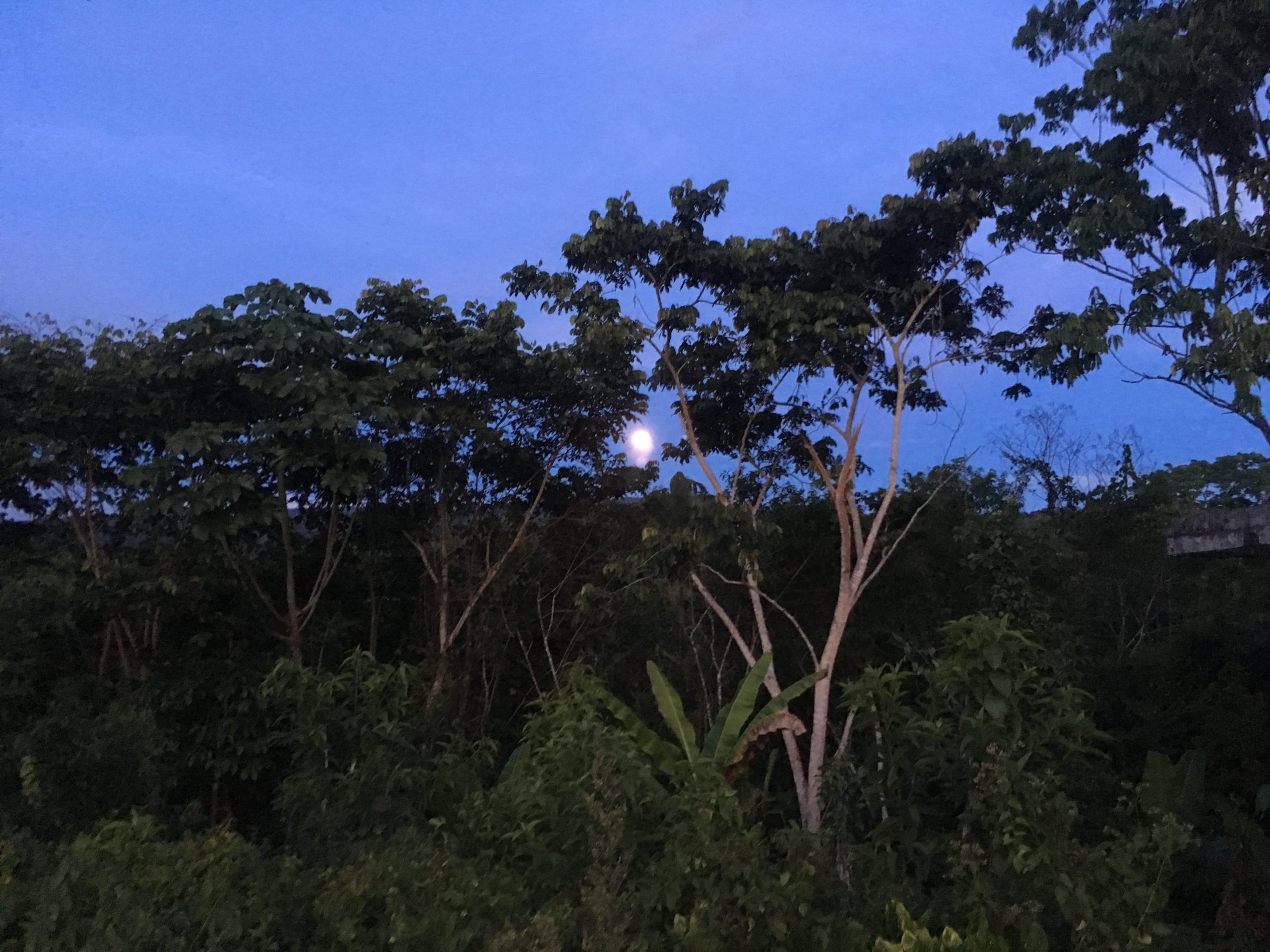“The pastor had said that I am to go on a long trip, to a country far away, in order to learn Danish, along with many other children. The foreign country is called Denmark. […] Mom explains that the country is nice and that there are tall trees and many flowers there. ‘It’s like Paradise,’ she says. I don’t know what paradise is.”
This description of Denmark, offered by her mother before she left Greenland, was for Helene Thiesen already a moment of disorientation. Her mother’s words, meant to reassure, only highlighted the gap between what was familiar and what was foreign. The concept of paradise was alien to the then-seven-year-old, and the idea of a place full of trees and flowers was beyond her grasp. This moment of confusion marked the beginning of her displacement: not only was she about to leave her home, but she was also entering a world she could not yet fully imagine.
Helene Thiesen was one of 22 Greenlandic children selected in the early 1950s as part of Denmark’s colonial project. Removed from their families and homes, they were sent to Denmark, where they were to be re-educated as ‘model citizens,’ primed to lead Greenland’s modernisation in Denmark’s image: a process that sought to erase Greenland’s Indigenous identity and replace it with Danish ideals. Though framed as a benevolent gesture, the project formed part of Denmark’s broader strategy to present Greenland—a colony until 1953—as a fully integrated part of the Danish nation-state to the United Nations. As Helene Thiesen recalls in her memoir Greenland’s Stolen Indigenous Children, upon arrival, the children encountered a radically unfamiliar environment. The barren expanse of the Arctic was replaced by Danish streets lined with tall trees, both awe-inspiring and disorienting. This stark contrast between their homeland and the new environment was more than visual. The trees, gardens, and carefully cultivated nature of Denmark were not just scenery, but reflections of a cultural and ideological order, showing how environmental perception can be quietly instrumental in colonial ambition. When Helene Thiesen returned to Greenland a few years later, she eagerly described the trees and flowers to her mother—but her mother no longer understood her. Helene Thiesen now spoke Danish, a language her mother did not know. The language that once connected them had been erased.
A similar disorientation is recounted by David Kristoffersen in the exhibition Displaced by photographic artist Tina Enghoff. Like many Greenlandic children with disabilities in the 1950s, David was sent to Denmark for medical care and rehabilitation. One winter’s day at a sanatorium near Kalundborg, he suggested to a friend that they walk to Greenland over the frozen North Sea, thinking it must be “just around the corner.” Though the sea ice was familiar, the cultural and geographic distance remained incomprehensible. His sense of proximity and belonging was still rooted in a landscape that no longer matched his surroundings.
These stories show that landscapes are not passive backdrops but active agents in the experience of displacement. The environments the children were thrust into were unfamiliar not only in their physical appearance but in their ideological framing, infused with the aesthetics, values, and expectations of a colonial centre. In their retellings, the land becomes a medium of rupture and transformation, where identity is subtly re-mapped through the unfamiliarity of place. Far from neutral terrain, the landscape becomes embedded with memory, power, and the lasting legacies of colonialism. A deeper understanding of these entanglements calls for continued dialogue – and for centring Indigenous perspectives, particularly those shaped by lived experience.
Author Bio:
Anna Derksen is a historian and academic project manager based in Göttingen, Germany. Her research engages with the entangled histories of welfare, disability, and eugenics in Northern Europe, exploring how social policy and body-political interventions shape lived experience. She is particularly interested in how historical narratives are constructed, challenged, and mobilised across borders and disciplines.
Banner Image Credits: The author


